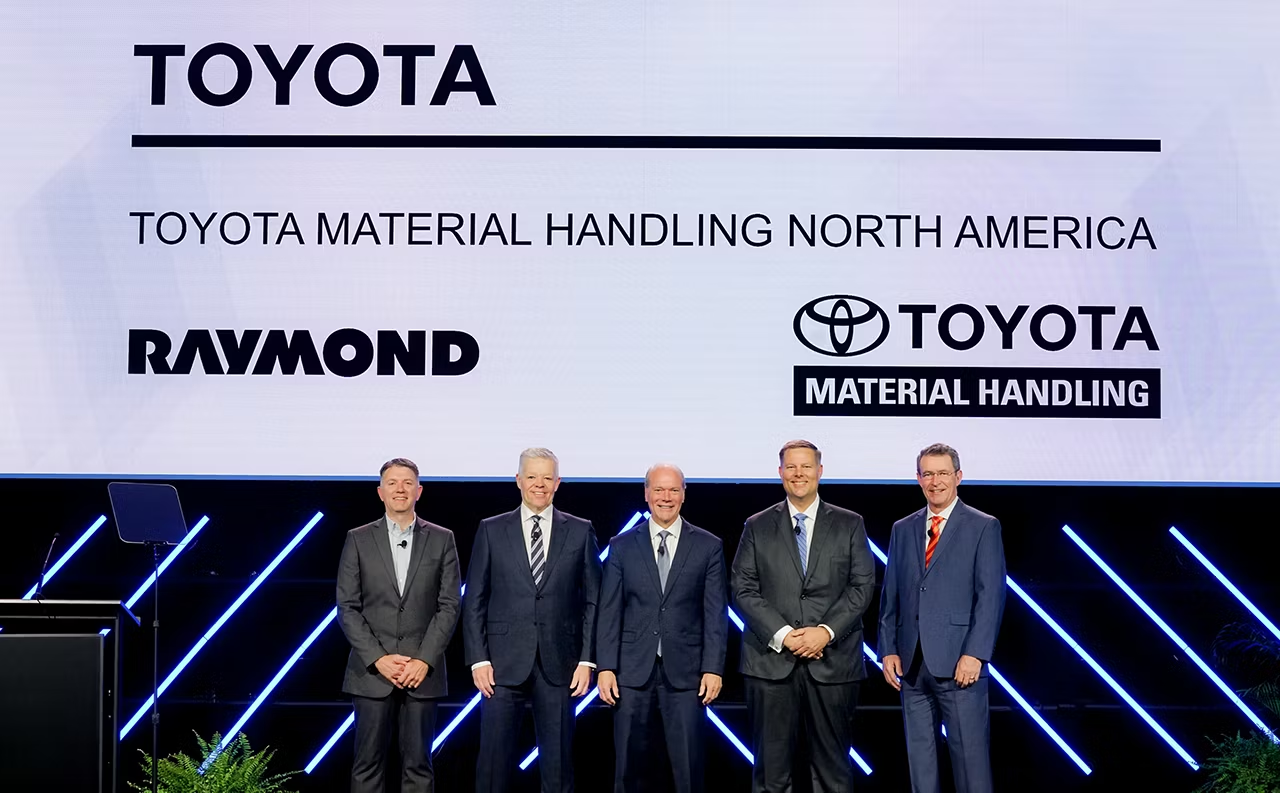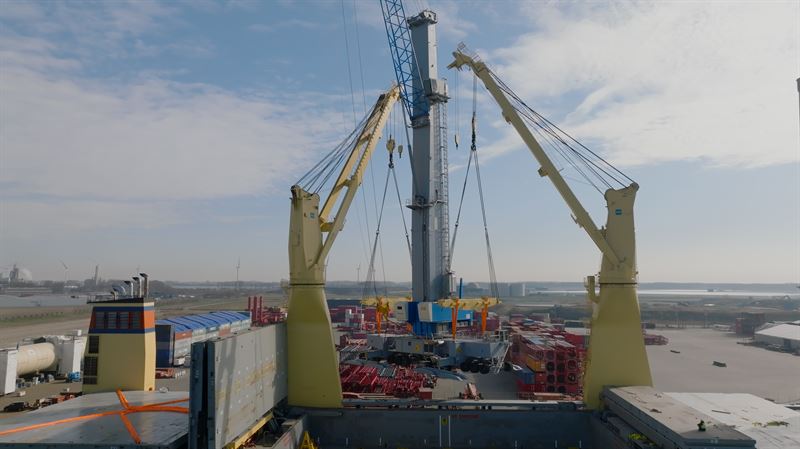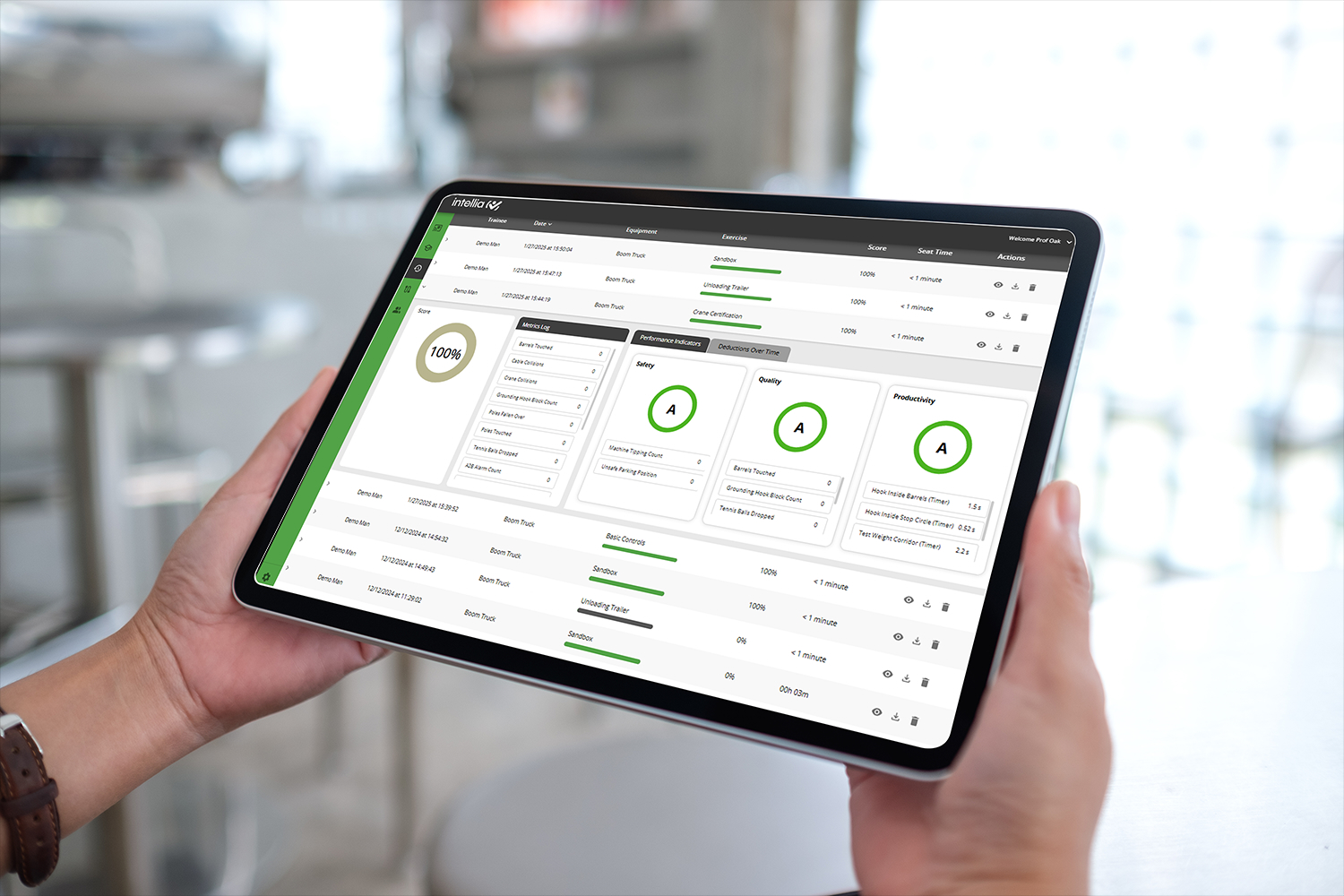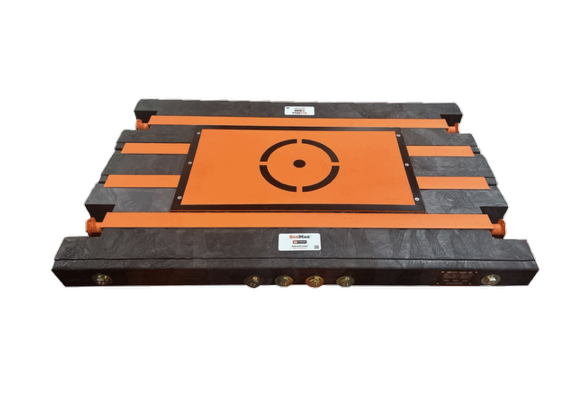VIP Pass
Virginia Inland Port (VIP) is fulfilling all of its operational electricity needs from clean-energy resources and in doing so moves The Port of Virginia forward with its goal of reducing emissions and becoming carbon-neutral by 2040.
The inland port gets its power from Rappahannock Electric Cooperative and through a new agreement the cooperative will provide clean electricity to VIP from Virginia-based solar installations. The clean energy began flowing on Jan. 1; VIP is the first of the port’s six general cargo terminals to get 100 percent of its electricity from renewable sources.
“We have a clearly-stated goal of getting away from fossil fuel use and this is another important step forward,” said Stephen A. Edwards, CEO and executive director of the Virginia Port Authority (VPA).
“This port is a modern, world-class operation and we are overlaying it with a twenty-first century approach to sustainability. This move helps reduce our contribution to global climate change and will help make us a leader among our US East Coast peers in terms of environmental sustainability.”
The move to renewable energy is part of the overall expansion and modernization of VIP. This year work begins on a $15 million capacity expansion that will create more capacity and efficiency. When the work is complete, the terminal will retire straddle carriers and begin using rubber-tire gantry cranes to move containers from railcars to trucks.
“A reconfigured rail operation and container stacking area combined with new cargo conveyance equipment will give us room to grow and drive efficiency in the same space, but with a smaller carbon footprint,” Edwards said. “VIP will be better, as a terminal and as a neighbor.”

Virginia Inland Port (VIP) is fulfilling all of its operational electricity needs from clean-energy resources and in doing so moves The Port of Virginia forward with its goal of reducing emissions and becoming carbon-neutral by 2040.
The port is already sourcing some of its electricity for cargo operations at its terminals in the Norfolk Harbor from renewable sources. By 2024, the port will fulfill all of its electricity needs at its marine terminals from renewable recourses, well ahead of the original 2032 “SCOPE 2” deadline.
- Scope 2 emissions are indirect greenhouse gas emissions associated with the purchase of electricity, steam, heat, or cooling.
“Nearly six years ago, we began to electrify our operation, audit carbon emissions, replace aging equipment with greener machines and make greater use of technology,” Edwards said.
“As a result, more than one-third of the equipment we use on terminal today is electric and our use of technology is driving efficiency.
“Our effort aligns us with some of the world’s leading ocean carriers, retailers, manufacturers, suppliers and multinational corporations. It is also a strategic business decision. Consumers worldwide are demanding clean – green — supply chains and our work puts The Port of Virginia at the forefront of this change.”
The port’s 2040 carbon neutrality goal focuses on protecting local communities and the environment through fundamental changes in how the port operates.








